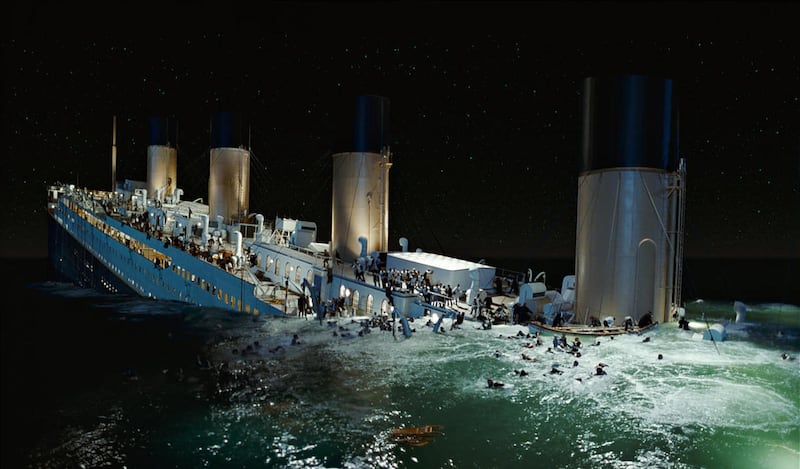The Titanic sank on April 15, 1912 — resulting in the deaths of more than 1,500 out of the 2,200 passengers. Many inquiries into the disaster — both at home and abroad — found that the incident could have been avoided if the right regulations were in place.
Technically, the ship complied with the Merchant Shipping Act of 1894, which was in effect the year the Titanic sank, according to the Library of Congress. The law set the highest requirements for ships that weighed over 10,000 tons and mandated 16 lifeboats, which could hold 990 people.
But the Titanic, built in Belfast, Ireland, weighed nearly 50,000 tons, the largest ship to set sail at the time.
Titanic’s lifeboats
The vessel’s 20 lifeboats could only accommodate 1,176 individuals, as a U.S. Senate report summarized.
“The ship carried but 16 lifeboats and 4 collapsibles, fulfilling all the requirements of the British Board of Trade,” the report said.
Recommendations came subsequently after the Wreck Commissioner’s Inquiry in the U.K. and a Senate Investigation in the U.S., one of them being that “the provision of lifeboat and raft accommodation on board such ships should be based on the number of persons intended to be carried in the ship and not upon tonnage,” as the British commissioner noted.
Other concerns, apart from the lack of lifeboats, also emerged, “including the safety and wireless equipment, inadequate training of the crew to use the lifeboats, the speed of the ship itself, and the fact that there were warnings of large icebergs which were not heeded,” as researcher Kelly Buchanan wrote for the Library of Congress.
Of course, the strategy motivated noteworthy changes in the law. Consider the Convention for the Safety of Life at Sea, or the SOLAS Convention. Signed in 1974, it is regarded as one of the most important international treaties related to safety of ships. Although the convention has been amended several times over the years, it is still in effect today and requires lifeboats and rafts to accommodate at least 125% of the number of passengers.
Could Jack have survived?
Rose and Jack from the 1997 film “Titanic,” based on the real-life events, did not end up on a lifeboat, as we all know. The star-crossed lovers escaped the sinking ship and Rose ended up floating on a door. Jack clung to the side of the door while his body drifted in the freezing water, as he kept Rose company.
The scene ushered in much debate on whether Jack would have survived. Director James Cameron confessed during the press tour for “Avatar: The Way of Water” that he had commissioned a scientific study to find out what would happen if they both got on the door, as Madison Selcho reported for the Deseret News. A hypothermia expert partnered with Cameron and conducted a forensic analysis to find out what would happen.
“We took two stunt people who were the same body mass of Kate (Winslet) and Leo (DiCaprio) and we put sensors all over them and inside them and we put them in ice water, and we tested to see whether they could have survived through a variety of methods,” Cameron said. “And the answer was, there was no way they both could have survived. Only one could survive.”


